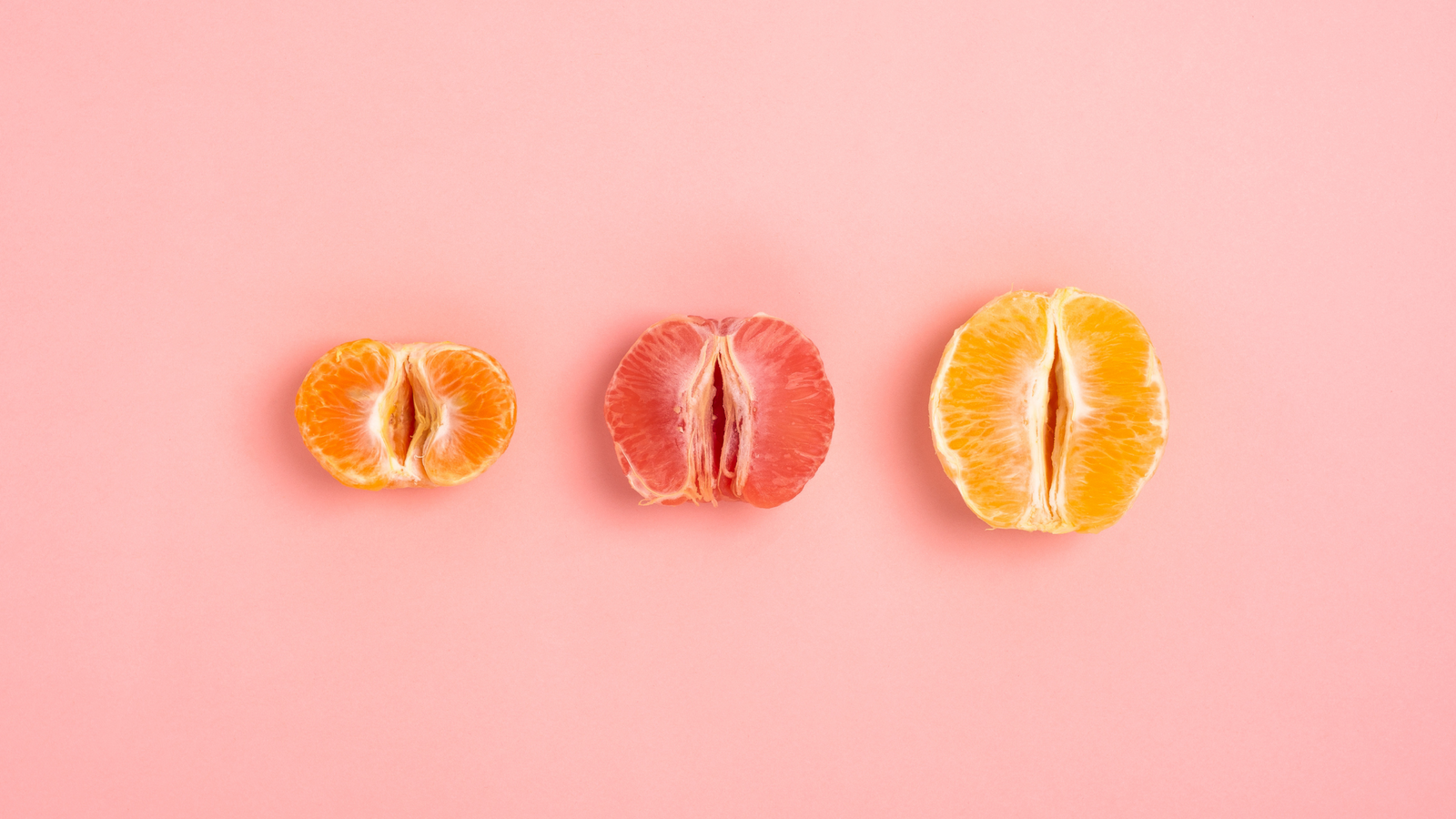
The idea that the vulva should look the same throughout our lives is a common myth. Like any other part of your body, your sweet spots will go through many changes as you journey through each stage of life. Here is how the vulva changes with age.
During Childhood
Before the onset of puberty, the labia minora (inner lips) are not visible, and the mons pubis tends to have a thick layer of protective fat. Pubic hair is not present, and the tissues are relatively dry, as estrogen levels are still low.
During Puberty
In addition to the development of body odor and a menstrual cycle, puberty brings several changes to the appearance of the vulva. During this time, pubic hair begins to develop as well as natural lubrication (including discharge). You may also see the labia change in size, shape, and color, all completely natural changes. With so many changes happening all at once (thanks, hormones), it’s important to remember that there’s no such thing as “normal” when it comes to the appearance of the vulva - each one is unique and beautiful in its own right.
During Pregnancy
One of the more shocking changes in vulvovaginal appearance that can come with pregnancy is a difference in color. Because of the increase in blood volume to the area, you may notice a blue-ish color or vulvar varicose veins. These symptoms will resolve themselves after delivery, but in the meantime avoid sitting or standing still for too long.
With all those hormones surging, your pH levels can change and lead to a difference in odor. Remember, your sweet spots are supposed to have a scent! Most odor is normal, but if you notice itching, burning or a change in vaginal discharge consult your medical provider. Those shifts in pH also make you more prone to yeast infections. You can help protect the delicate balance of flora with Microbiome Balancing Wash.
After Childbirth
With so many changes to your body during pregnancy, it’s totally normal to wonder about what happensafterdelivery. Will it be forever changed? If you have any tearing during childbirth, things may not look exactly like they did before - you might see darker pigmentation where the scar tissue develops.
After giving birth, the increased estrogen from pregnancy starts to diminish, leading to vaginal dryness. If you’re breastfeeding, estrogen levels remain low and can make you feel dry “down there” for a while. A daily intimate moisturizer like Hydrate Ever After can help relieve dryness and prevent discomfort when you’re ready to start having sex again.
Perimenopause
In the time leading up to and after menopause (aka perimenopause), estrogen levels start to drop. When we reach menopause, the vulva reverts back to its prepubescent state in many respects and begins to atrophy. Vulvovaginal atrophy is characterized by thinning, drying and even inflammation of vulvovaginal tissues. You may also notice thinner, smaller labia and even a loss of pubic hair. You can help prevent dryness and discomfort with a daily intimate moisturizer like Hydrate Ever After. If menopause symptoms like external vaginal dryness are literally keeping you up at night, try Rescue Balm for instant relief.
This website is for informational purposes only and not to be considered as medical advice. This information is not intended to diagnose, prescribe, treat, or cure any medical condition.



